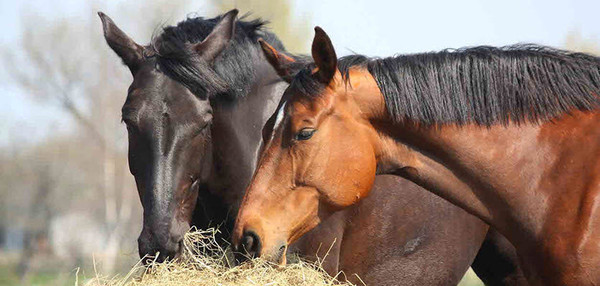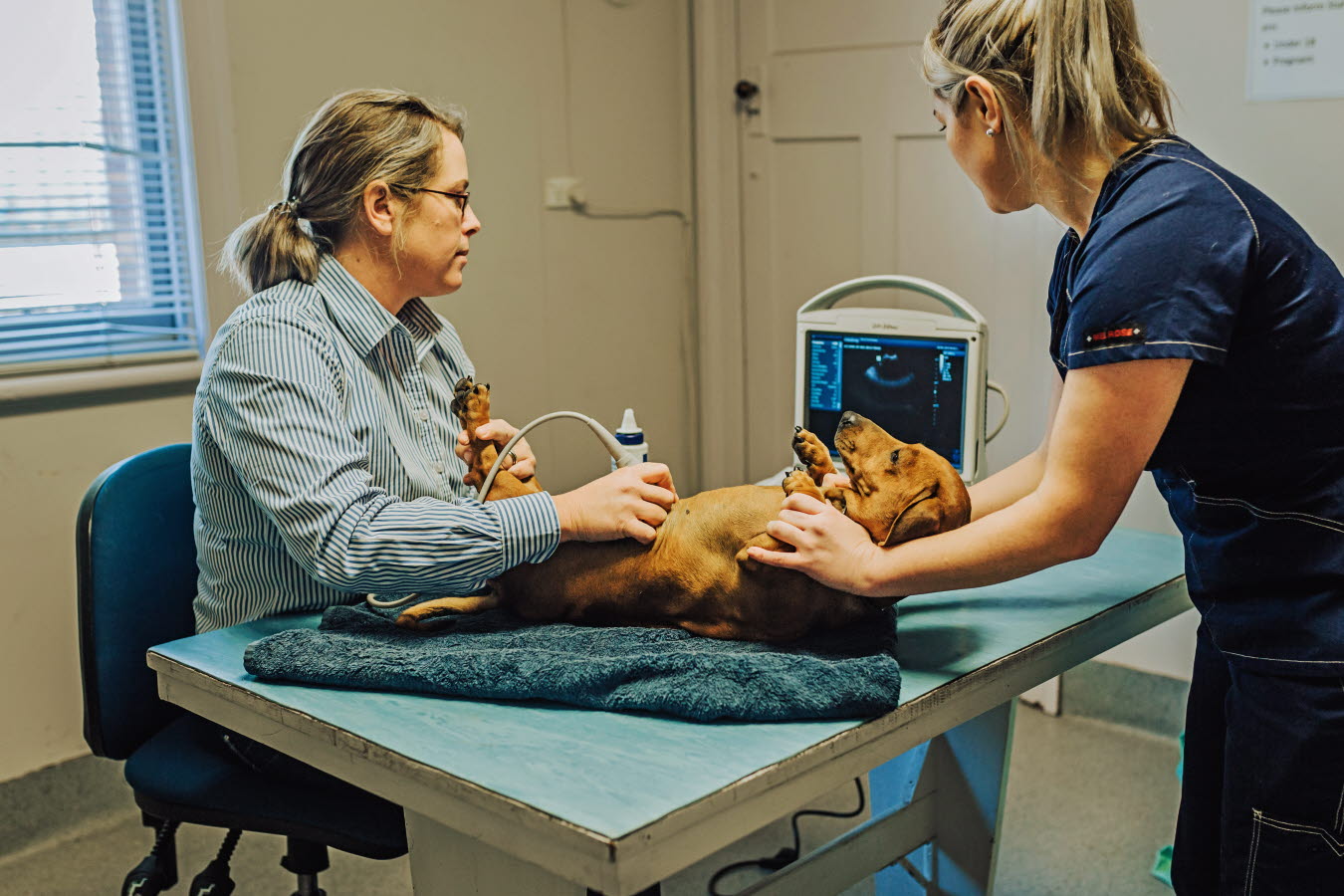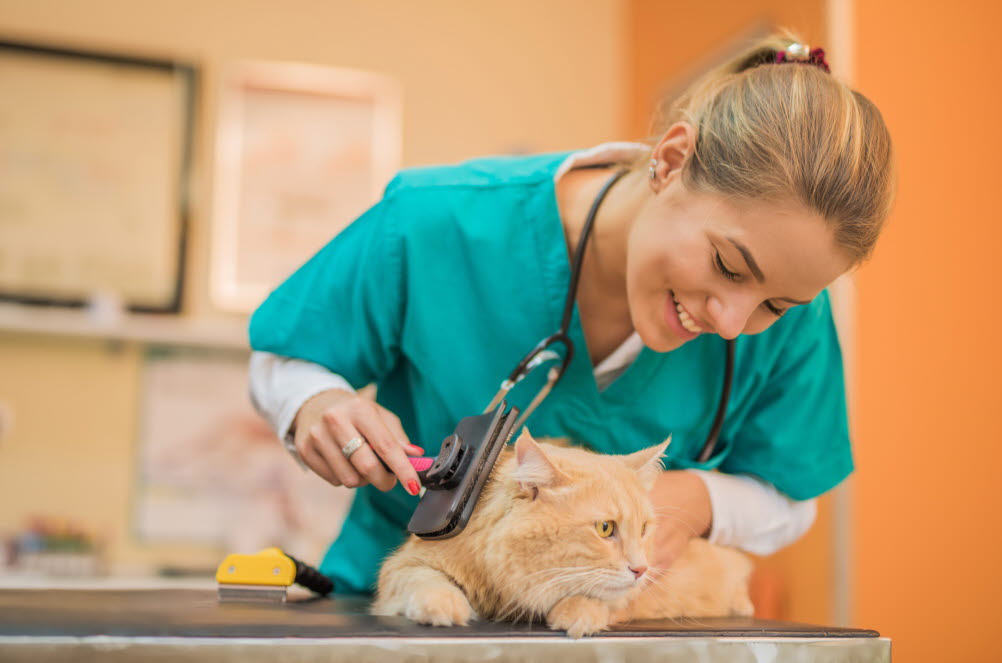The Australian Veterinary Association’s advocacy program is a way for the association to work to achieve change on the issues that our members care about.
There are three strategic priorities for advocacy developed through member consultation, and which articulate the largest and most pressing concerns for the Australian veterinary profession.
Animal welfare is one of our members’ highest priorities. Veterinarians work to improve animal welfare in every aspect of their professional lives. Whether in research, teaching, government, industry or clinical practice, veterinarians consider the welfare of animals their first priority.
Our animal welfare work
The AVA works across a range of projects which all have the aim of creating tangible and sustainable improvements in animal welfare in Australia.
The AVA develops a range of policies which address animal welfare topics across production animals, companion animals, horses, wildlife, and animals used in entertainment and exhibition. We also make comment into a range of processes such as the development of national standards for animal welfare, government enquiries, and proposed changes to legislation that may impact animals that humans use or care for.
Proactive animal welfare projects
Livestock
The work of production animal veterinarians improves the welfare of livestock on a daily basis. Veterinarians provide essential advice and diagnosis on herd health and welfare, biosecurity, nutrition, reproduction and a range of others services which improve the productivity and profitability of our livestock industries. Veterinarians also contribute to the development of animal welfare standards for livestock. Our cattle vet special interest group, Australian Cattle Veterinarians, has developed four schemes which all lead to optimal health and welfare outcomes for cattle. These are PREgCHECK®, BULLCHECK®, BIOCHECK®, and WELFARECHECK®.
Companion animals
Love is Blind
Our companion animal welfare focus currently is inherited disorders in pure-bred dogs. Since 2016, we have been working with RSPCA Australia to address the health and welfare issues associated with exaggerated features in certain dog breeds. These features include Brachycephaly (flat faces, seen in breeds like Pugs, French bulldogs, and Boston terriers), chondrodystrophy (short or dwarf limbs, in breeds such as the Dachshund and Corgi), and excessive skin wrinkle in breeds such as the Shar-pei.
Because these breeds have been selected over many decades to look a certain way, the unintended consequences of these physical features are serious health and welfare problems. You can read all about our 'Love is Blind' campaign, which seeks to have breed standards changed to more natural healthy features.
Anaesthesia-free dentistry
We are also focusing on the increasing trend of what is known as “Anaesthesia-free dentistry”. This is typically provided by lay (non-veterinary) providers, who restrain companion animals and scrape the visible tartar or plaque from the animal’s teeth, while the animal is fully conscious. This practice is extremely worrying on a number of levels:
- The animals are frightened and experience pain during the procedure
- The animals may develop behavioural issues as a result, and fear to handle around the face and mouth, because of their memory of this aversive procedure that they have experienced fully conscious
- The procedure only removes the visible tartar above the gum line and does not detect the pathology under the gum line.
To properly examine an animal’s teeth, and check for periodontal disease, a veterinarian needs to probe the space around the tooth that is below the gum line. A veterinarian will also frequently take radiographs to detect hidden dental disease in the roots of the teeth. To perform these procedures effectively, the animal must be fully anaesthetised.
Because lay “anaesthesia-free dentistry” is performed fully conscious, the areas below the gum line cannot be examined. This means that any disease that is present will be missed, and the animal remains in pain with an ongoing untreated disease. The owner is lulled into a false sense of security, believing that the procedure was beneficial to the animal.
The AVA is now working to raise public awareness that “anaesthesia free dentistry” is a serious animal welfare concern. It is not true dental care, it is of no medical or health benefit to the animal, and does not replace proper veterinary examination. It is painful, aversive, and purely cosmetic.
Leadership
The AVA has demonstrated national leadership by convening the Animal Welfare Roundtable in cooperation with RSPCA Australia and the National Farmers Federation in 2015. This meeting included key representatives from all the major stakeholder organisations from across the country. During the roundtable, various options for national coordination were floated, including requesting Commonwealth re-engagement in the Australian Animal Welfare Strategy.
The AVA will continue to work with stakeholders to advocate for a national strategy for animal welfare to drive continuous and sustainable improvements. Currently, the AVA is the custodian of the Australian Animal Welfare Strategy website and has been since the Commonwealth government withdrew support for the strategy.
Reactive advocacy
At any given point in time, our advocacy on animal welfare will include a number of topics with a high current profile in the media or on the agendas of decision makers. The AVA will continue to pursue our advocacy agenda in response to external events, issues and priorities. Some current topics of high interest are:
- Live export of sheep to the Middle East in the northern hemisphere summer
- Pet food standards and regulation reform
- Greyhound racing reforms
- Puppy farms and breeding standards
- Breed-specific legislation and dangerous dog regulation
- Online advertising of pets
Trending Now

Important steps to dental and oral health in dogs and cats
3 years ago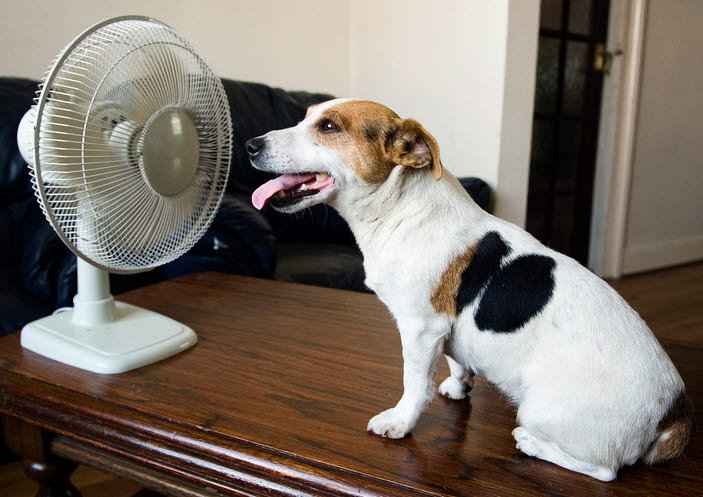
Be prepared for common summer hazards for pets
3 years ago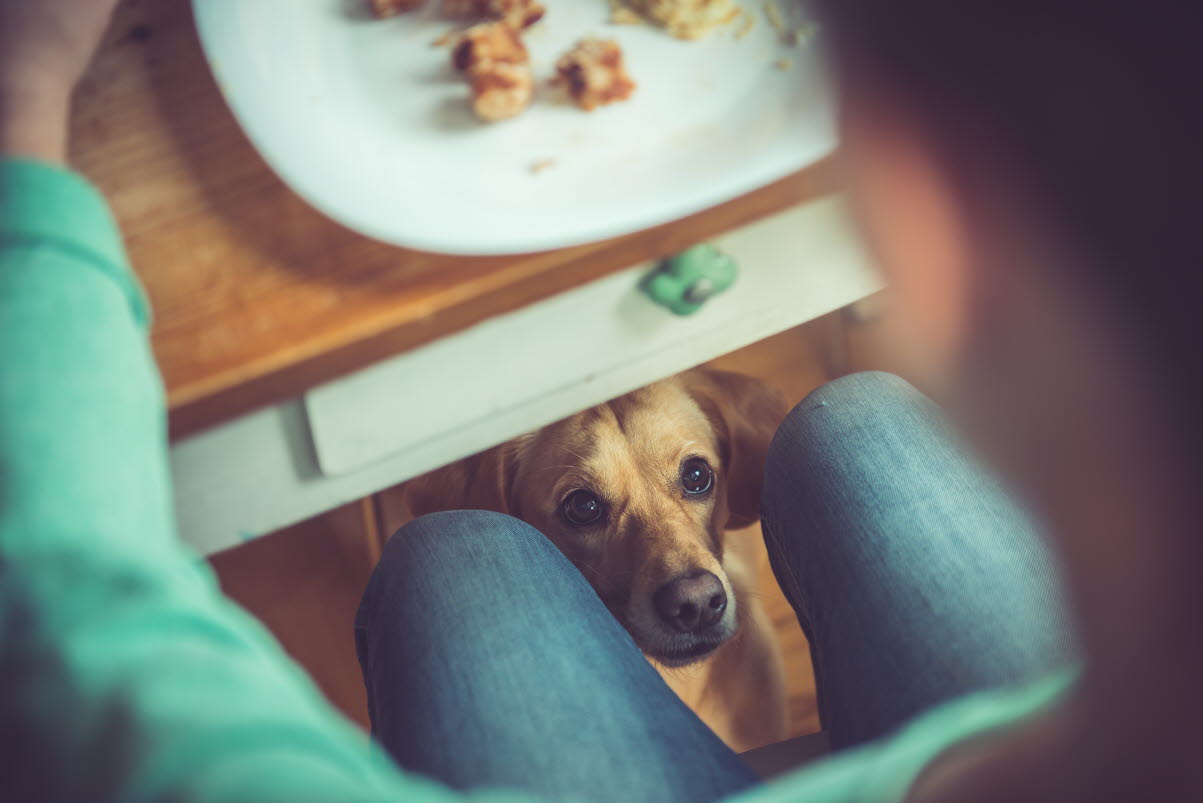
Pet Treats - How to Win the Battle of the Bulge
3 years ago

